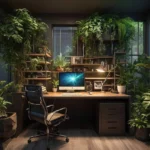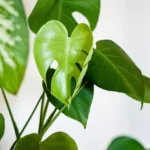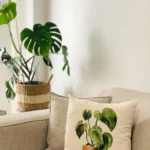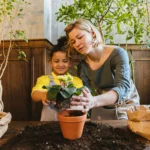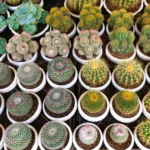Indoor plants have become an integral part of our homes. They remind us of nature indoors, purify the air, and add beauty to space. As much as we love our leafy friends, aring for indoor plants is not always straightforward. More often than not, many plant parents find themselves in a constant struggle with one problem after another. From yellowing leaves to pests to plants that are just not looking their best, these common indoor plant problems can be frustrating. The following comprehensive guide will help you troubleshoot those issues and keep your green friends happy and healthy.
Introduction: Common Problems with Indoor Plants
Indoor plants give character to your space and freshen the air, but they also come with some challenges. Have you ever wondered why your plant’s leaves sometimes turn yellow, or why some stems just begin to wilt? Do you find yourself wondering, from time to time, why your usually bright indoor garden seems to be lagging behind? If so, you’re not alone. In this article, we review some of the most common problems with indoor plants before giving practical solutions that can help bring your indoor jungle back into life.
This is because, when you understand the root causes of this or that problem, you are able to remedy it effectively, since many plant owners face the same type of problem. We will review everything from lighting and watering to temperature fluctuations and pest infestations in order to help your indoor plants thrive.
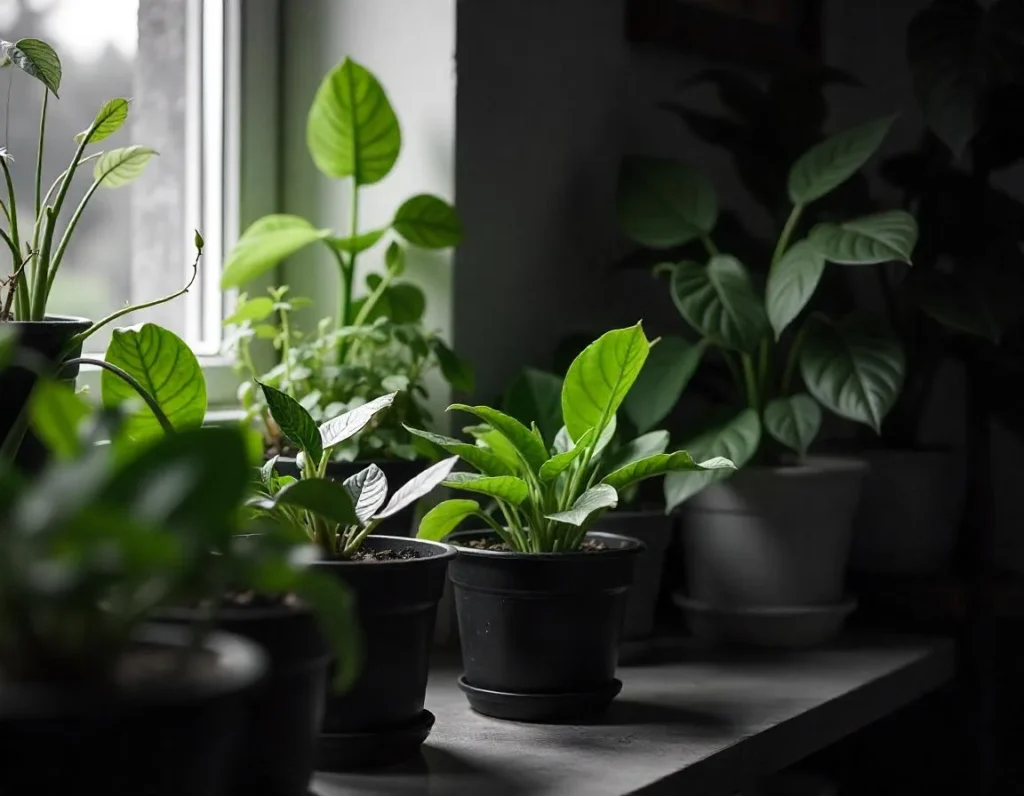
Discover 10 humidity-loving plants that will thrive in your indoor space and bring a fresh, lush vibe to your home!
1. Inadequate Lighting: Shedding Light on Plant Needs
Lighting is crucial for the health of indoor plants. Perhaps the most common problem with indoor plants is the small amount of light a plant will receive. Every plant has certain light requirements, and receiving the wrong kind or amount may have some consequences that are usually negative.
Signals of Lighting Problems: A plant that is losing its leaves, has the tendency to develop long stems, or contains pale leaves might not be getting enough light. If leaves are scorched or contain sunburn blemishes, they are more than likely getting too much direct sunlight.
Solution: First, you need to know what kind of plant you’re dealing with, and if it’s low, medium, or bright light. Plants like succulents and cacti will want to have bright direct light, while Pothos and snake plants can work well in low to medium indirect light. Put them in front of the window where the right light levels come through, or if that isn’t enough, add grow lights.
1.1 North-Facing Window Dilemma
If all you have are north-facing windows, fear not-there is still hope for you. Plants in front of north-facing windows receive low, indirect light. Plants that do best in this type of light include ferns, pothos, and peace lilies. Plants that generally require full sun aren’t going to get enough with just this. You may want to try using a grow light in order to really supplement your plants’ needs.
2. Overwatering: Drowning Your Plants
A very common problem with indoor plants is overwatering. It’s one of those most common mistakes that occur with any kind of plant owner, but especially those who have the best intentions and never want their plants to go thirsty. Ironically, too much love can kill your plants.
- Overwatering Signs: Yellowing leaves, soggy soil, mold on the soil surface, and root rot are symptoms of overwatering. You may also observe leaves that fall without prior drying.
- Solution: Make sure you’re allowing the soil to dry out between waterings. Different plants have different needs—cacti and succulents require the soil to be bone dry before their next drink, while ferns prefer consistently moist soil. Invest in a moisture meter or simply stick your finger into the soil up to your second knuckle—if it’s dry, it’s time to water.
2.1 Pot Size Matters
Did you know that pot size can also influence your watering regimen? A pot that is too big for the plant will hold on to too much moisture and increase the chances of overwatering. Put your plant in a pot that reflects its size and allows good drainage so the water does not pool at the bottom.
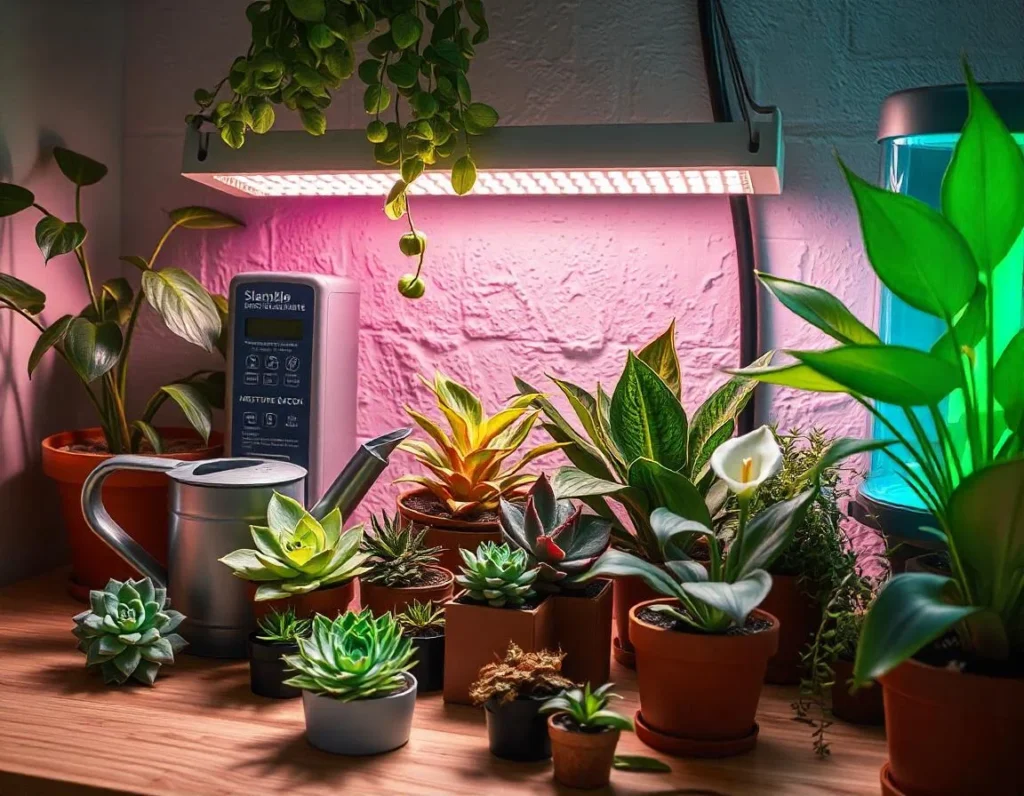
3. Underwatering: Neglecting Plant Hydration
The opposite, yet equally damaging issue, is underwatering. If you find your leaves dry and crispy or the stems of your plants are wilting, it might be thirsty.
- Underwatering Signs: Leaves dry, curling, or browning around the edges show a plant lacking in moisture. The soil can also shrink away from the sides of the pot and become extremely dry.
- Solution: Establish a schedule to water your plants according to their needs. During the months when temperature is hot, most indoor houseplants need more frequent watering. Remember that humidity and temperature could be a factor to alter the period of time for your plants to dry up.
Elevate your space effortlessly with indoor plant hangers and add a touch of greenery to any room!
4. Humidity Issues: Dry Air Equals Unhappy Plants
Humidity also is helpful in having indoor plants healthy, specifically those that come from tropical regions. Generally speaking, one of the common problems among house plants deals with low humidity. It simply results in brown-tipped leaves and very unhappy-looking greenery.
- Signs of Low Humidity: Brown leaf tips, curling leaves, and leaves that feel as though they are drying out constantly are a sure sign that your plant needs humidity.
- Solution: Always keep them humid by misting, placing a tray full of pebbles with water near the plant, or using a humidifier. Plants can be placed in groups to offer mutual positive influence of humidity.
4.1 The Humidity-Loving Calathea
The Calatheas are notoriously fussy with humidity, requiring high amounts to thrive. Anything less indeed will give them crispy edges and brown leaf tips. This is when you often need to add a humidifier to keep the moisture in the air just right for your plant.
5. Pest Infestations: Battling Unwanted Guests
Pests may turn out to be among the most irritating of the common problems found with indoor plants. Be it spider mites or aphids, pest insects may damage an indoor garden if not dealt with at the appropriate time.
- Signs of Infestation: Leaves may be discoloring, with small holes in appearance, sticky substance on them, or even have live insects present on the plant. You may also find evidence of webs on the undersides of leaves that may indicate spider mites.
- Solution: Isolate the infested plant to prevent the bugs from spreading to your other plants. Commonest pest treatments include insecticidal soap, neem oil, and rubbing alcohol applied to the leaves. Check on your plants periodically for any signs of pest infestation-where there are high human traffic or opened windows.
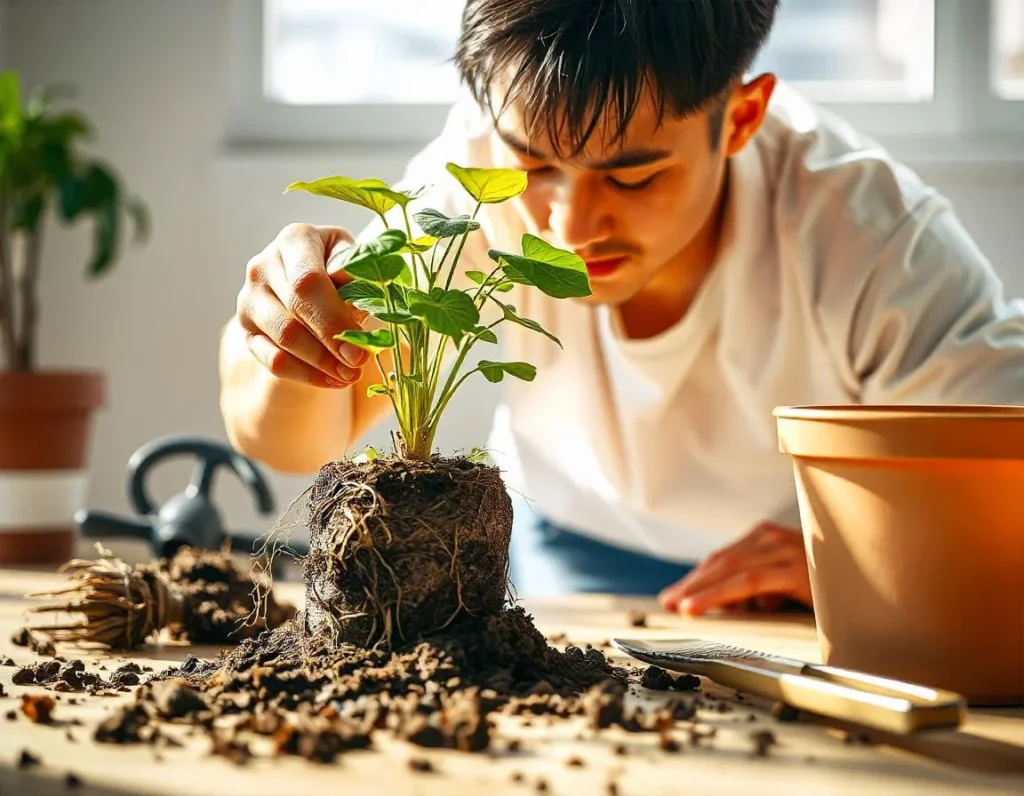
6. Temperature Fluctuations: Keeping It Steady
Most houseplants are sensitive to temperature changes, which can put the plant into shock and even stunt growth. Plants prefer a constant temperature and may have sudden drops or spikes in temperature. These could lead to leaf drop or other issues.
- Indicators of Temperature Stress: Yellowing leaves, sudden leaf drop, or stunted growth are all indicators that your plant is in a state of temperature stress.
- Solution: Keep plants away from drafty windows, doors, or heating vents. Try to maintain a stable temperature congruent with your plant’s normal preference-air temperature for most indoor plants should be in the range of 65°F to 75°F.
7. Nutrient Deficiencies: Feeding Your Plants Right
Like other plants, indoor plants need nutrition for growth and development; poor nutrition is also another common problem with indoor plants. A deficiency in nutrient can manifest itself in many ways, depending on what the plant lacks.
- Nutrient Deficiency Signs: The yellowing of leaves, hindering growth, and lack of new growth are general signs that indicate your plant may be lacking specific nutrients.
- Solution: Feed the plant with a balanced fertilizer during growing season, but do not over-fertilize as this will burn the plant with too much chemicals. Different plants call for different fertilization; research on your specific plant will tell you just what it needs. A good rule of thumb is to use a general-purpose liquid fertilizer for most indoor plants.
8. Root Bound: When Your Plant Needs Room to Grow
Other times, the common problems with indoor plants simply are because the plant has outgrown its container. A root-bound plant is one that has fully developed its pot with roots. Resulting from this, stunted growth and other problems may occur.
- Signs of a Root-Bound Plant: Some signs that a plant may be root-bound include when the roots are growing out of the drainage holes, a pot that feels too light, or a plant that wilts shortly after watering.
- Solution: Repot your plant into a larger container that will give more room for growth. Look for a pot slightly larger than the one previously used, since a big increase in pot size will invite overwatering issues.
9. Fertilizer Burn: Too Much of a Good Thing
Fertilizing is essential for the health of your indoor plants, but overdoing it can indeed bring them chemical burns and other problems. Fertilizer burn is one of the most common problems with indoor plants, especially for those just starting.
- Signs of Fertilizer Burn: Browning or yellowing leaf edges, wilting, salt build-up on soil surfaces-all are evidence of over-fertilizing.
- Solution: Fertilizer at half the recommended strength; apply fertilizer only during the active growing period, spring and summer. Occasionally leach soil with water to remove salt build-up. Avoid fertilizing under stress or in dormancy.
Conclusion: Overcoming Common Problems with Indoor Plants
The care of indoor plants is both rewarding and challenging. Understanding the specific needs of your indoor plants can help solve many common problems and by being observant of any changes in the surroundings. If you provide the correct amount of light, water, and humidity with nutrition, while being on guard against pests and other stressors, then you will have a successful indoor garden that beautifies your home.



